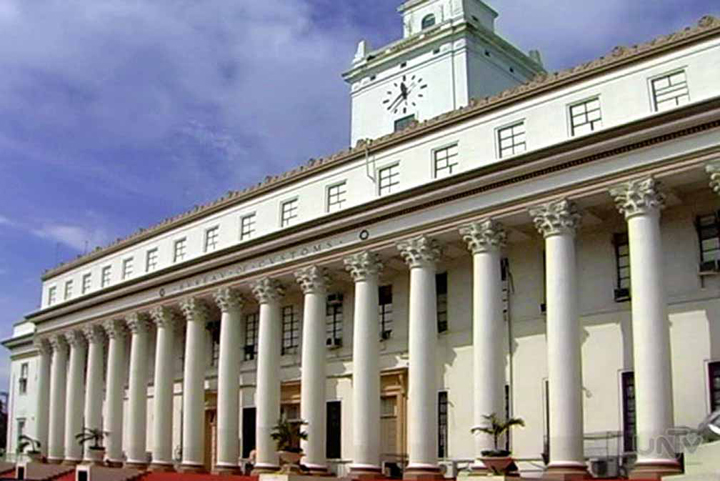THE Philippine manufacturing sector continued to expand in July, albeit at a slighter pace, as lingering effects of lockdowns continue to affect the industry.
In its latest report on Philippines Purchasing Managers Index (PMI), global think tank IHS Markit said the country posted a PMI of 50.4 in July, down from the 50.8 reading in June.
A country’s PMI is meant to gauge the health of its manufacturing sector. It is calculated as a weighted average of five individual subcomponents. Readings below 50 show deterioration in the industry while readings above the 50 threshold signal a growth in the manufacturing sector.
For the Philippines, this is the second consecutive month that the country’s PMI is in the growth territory. “The rate of job shedding eased to the softest since March, while firms continued to add to their pre- and post-production inventory holdings in anticipation of greater demand,” the report read.
“Vaccination efforts, meanwhile, fueled an improvement in output expectations, with respondents often mentioning hopes of a return to normality over the coming year,” it added.
The dip was attributed to virus-related restrictions, which persisted in the country.
“[This] contributed to weak domestic demand, and a general reluctance to spend in July. That said, the decline in new order volumes was broadly similar to that seen in June, and only marginal overall. In contrast, international demand for Filipino manufactured goods rose for the third successive months, and at a modest pace amid improvements in global economic conditions,” the report read.
IHS Markit Economist Shreeya Patel said although the Philippine manufacturing sector recorded another improvement in operating conditions during July, latest data revealed domestic demand and production levels were still impacted by the pandemic.
“Meanwhile, case numbers have moderated somewhat from earlier on in the year, but are far from under control causing some restrictions to persist,” Patel added.
“Yet, encouragingly, vaccination efforts have provided a boost to the future outlook, in turn prompting input buying and rising stock volumes. Employment levels fell only marginally despite sustained declines in production. Moreover, anecdotal evidence suggested that this was mostly the non-replacement of voluntary leavers rather than redundancies,” the economist added.
Patel also said that domestic demand must improve throughout the second half of the year to help underpin the growth of the sector for the year.


































